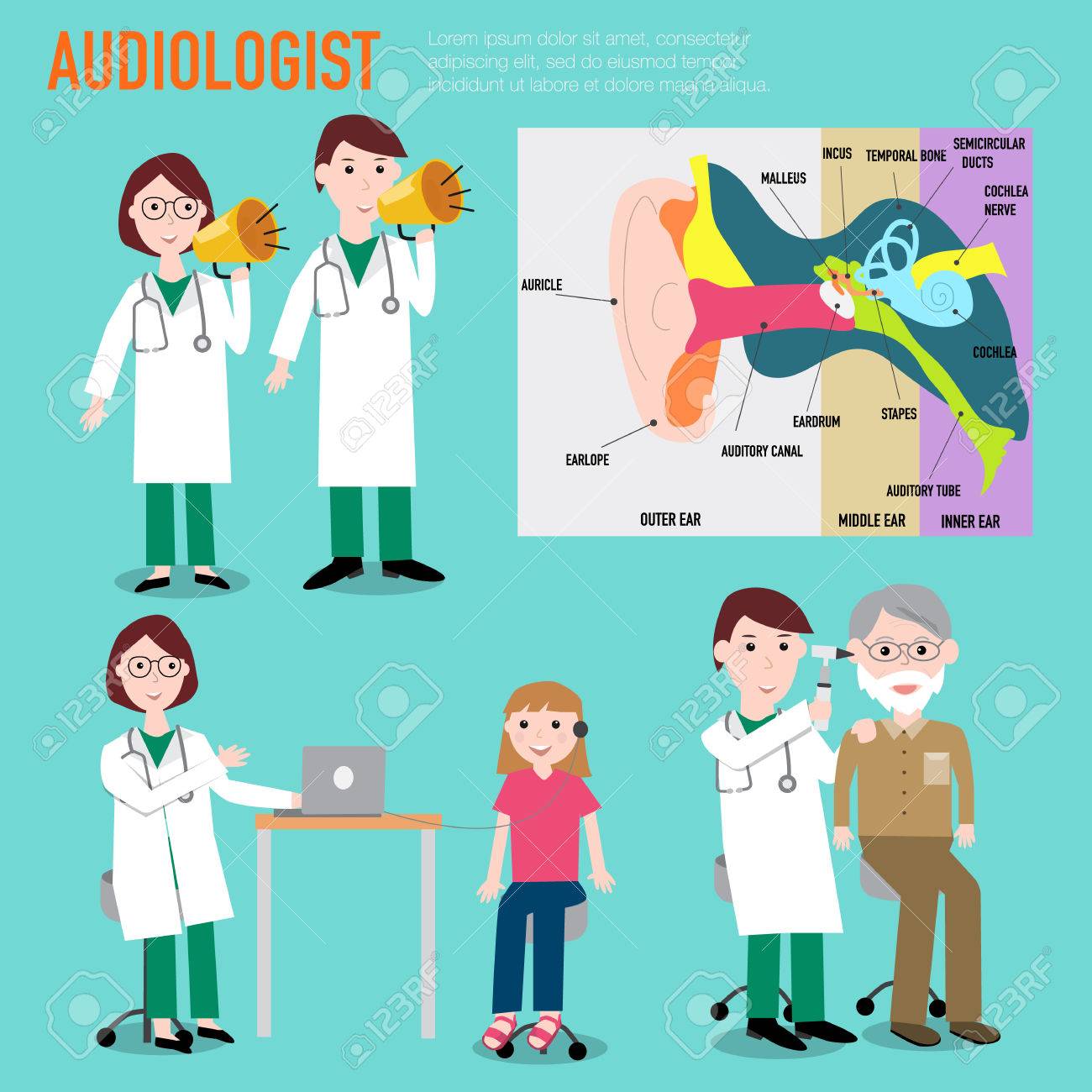Enhancing Discovering: Dealing With Auditory Processing Issues In Dyslexia
Enhancing Discovering: Dealing With Auditory Processing Issues In Dyslexia
Blog Article
Post Composed By-Lysgaard Mckenzie
When you consider the challenges that dyslexic learners deal with, it's clear that acoustic processing problems usually play a considerable duty. You may ask yourself exactly how customized strategies can bridge the gap in between auditory guidelines and understanding. By integrating aesthetic aids and breaking jobs right into workable actions, you could boost emphasis and understanding. However, the options do not stop there. What various other strategies can produce an absolutely helpful understanding environment that fosters success and confidence?
Recognizing Dyslexia and Auditory Processing
Dyslexia impacts about 1 in 5 people, making it one of one of the most usual learning impairment. If you're browsing dyslexia, you might find that it doesn't just effect reading and writing; it can additionally impact how you refine acoustic info.
Auditory handling refers to just how your brain interprets sounds, consisting of language. When you have problem with this, it can bring about difficulties in understanding talked instructions and following conversations.
You could discover that you typically misunderstand what you hear or that it takes much longer for you to respond in conversations. This isn't a representation of your knowledge; it's a specific difficulty pertaining to refining auditory signals.
Recognizing this connection is important due to the fact that it helps clarify why you might master visual jobs while encountering hurdles in jobs that rely upon auditory understanding.
Identifying these challenges can empower you. By understanding the ins and outs of dyslexia and auditory processing, you can better support for your requirements, whether in educational settings or social situations.
It's important to acknowledge these issues so you can look for the right assistance and techniques in the future.
Reliable Approaches for Assistance
Browsing the obstacles of auditory processing can feel overwhelming, yet there work strategies that can help you grow.
By implementing https://cashybehj.laowaiblog.com/31895226/get-over-the-challenges-of-supporting-for-your-child-with-dyslexia-by-discovering-essential-methods-that-empower-both-you-and-your-child-in-the-instructional-system , you can improve your knowing experience and enhance your ability to procedure acoustic info.
- ** Use visual aids **: Matching acoustic instructions with visual supports, like graphes or layouts, can considerably enhance understanding.
- ** Damage tasks into smaller steps **: Simplifying directions right into convenient portions allows you to concentrate and refine information better.
- ** Exercise active paying attention **: Participate in exercises that urge you to listen diligently, such as summarizing what you've heard or asking questions for clarification.
- ** Incorporate innovation **: Use apps or software application designed to assist with acoustic handling, such as speech-to-text tools or audiobooks, to strengthen understanding.
Creating Supportive Discovering Atmospheres
Producing a helpful learning environment is essential for assisting people with acoustic processing difficulties are successful. Start by reducing disturbances in your class or finding out space. Usage auditory processing disorders or soft home furnishings to take in audio, which can help pupils focus far better. Make certain seating arrangements allow for clear sightlines to the instructor and any aesthetic aids.
Next, integrate clear and succinct interaction. Talk gradually and utilize basic language, checking for comprehending regularly. Urge pupils to ask questions if they're not sure. Visual aids like graphes, layouts, and written guidelines can boost understanding and retention.
In addition, promote a culture of persistence and understanding amongst peers. Show pupils concerning auditory handling problems, promoting compassion and support. Group tasks can be useful; just make sure that duties are clear which trainees work together to sustain each other.
Finally, supply routine feedback. Celebrate development and success, despite just how little. This encouragement builds self-confidence and reinforces the concept that understanding is a trip.
Conclusion
In your journey to improve learning for individuals with dyslexia, think about each technique as a tipping rock across a river. By weaving with each other auditory and aesthetic aids, breaking tasks right into bite-sized items, and nurturing a helpful atmosphere, you help create a bridge to understanding. Keep in mind, cultivating compassion amongst peers and appealing family members can light the path to success. With patience and dedication, you'll encourage learners to overlook difficulties, changing their struggles right into toughness.
